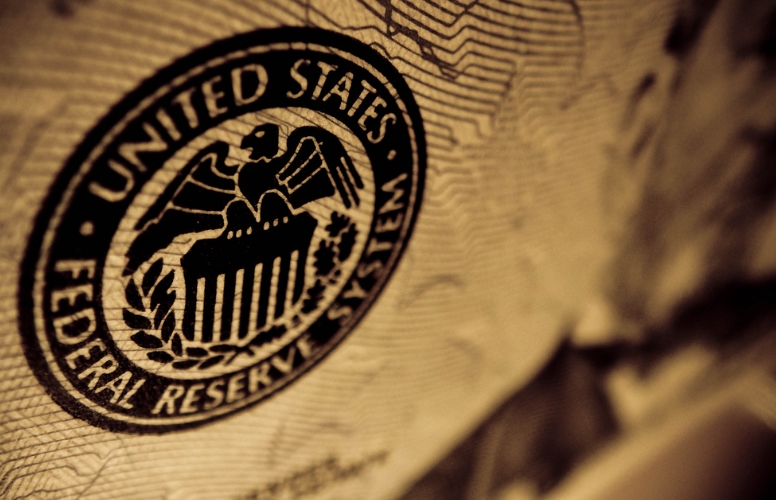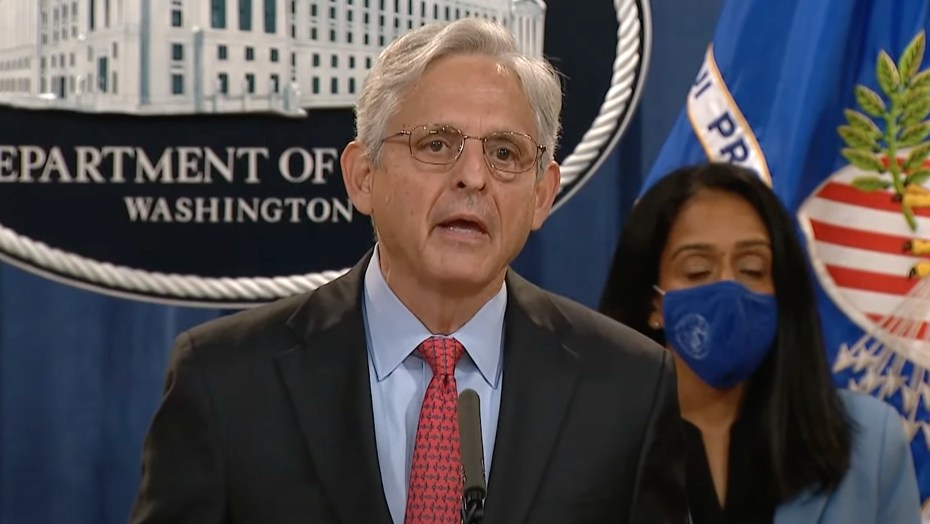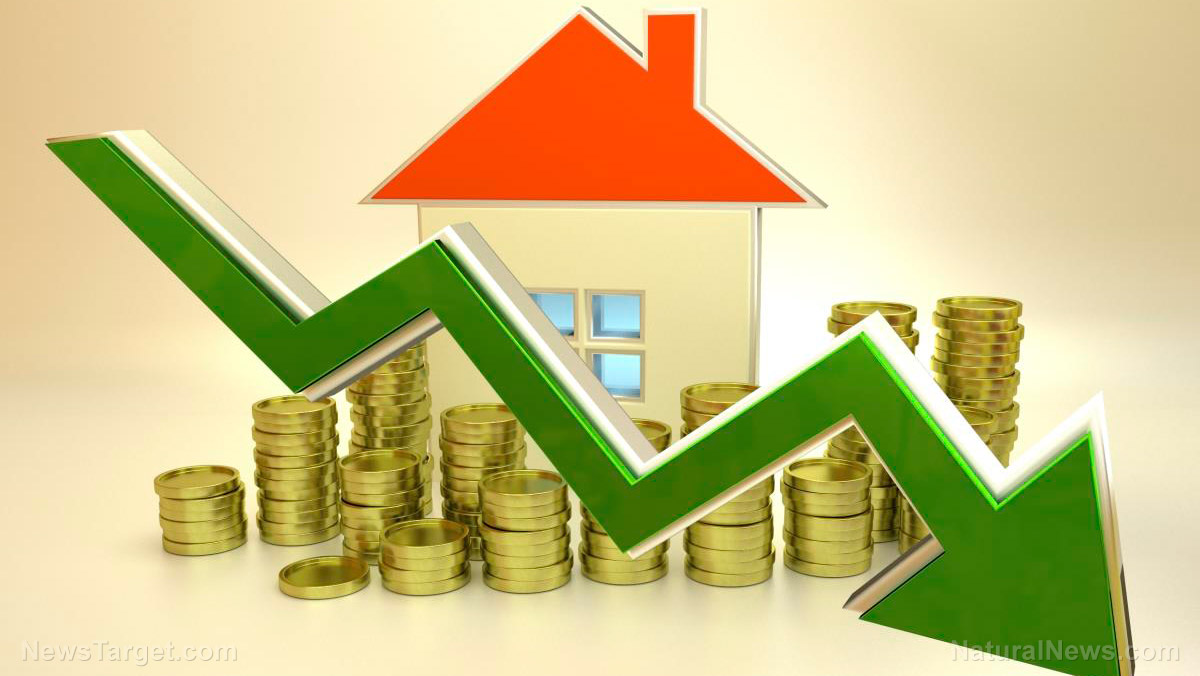
Federal Reserve Chair Jerome Powell warned that the central bank will continue raising interest rates next year just as it raised its benchmark interest rate to the highest level in 15 years.
Powell claimed that if the Fed does not continue raising interest rates in 2023, Americans will have to pay a higher cost as the central bank will fail to get a firm grip on the inflation crisis. (Related: IMF chief wants the Federal Reserve to keep raising interest rates.)
"The largest amount of pain, the worst pain, would come from a failure to raise rates high enough and from us allowing inflation to become entrenched," said Powell." He added that he and the Fed are firm on their desire to keep raising rates until year-over-year inflation goes down to two percent or less.
Despite signs that America's rampant inflation may be slowing down, the Fed claims it is not confident that its past rate hikes have done enough to win the fight against inflation and will keep raising rates. Powell added that the speed of the coming rate increases is less important now than earlier in the year, when the Fed was "front-loading" the rate hikes to catch up with runaway inflation.
"It's not as important how fast we go," he said, noting that the Fed is still figuring out an "appropriately restrictive" endpoint for the rate hikes. "Our focus right now is really on moving our policy stance to one that is restrictive enough to ensure a return of inflation to our two percent goal over time, it's not on rate cuts."
Fed unlikely to cut interest rates until 2024
Just as Powell warned of more rate hikes in the future, the Fed's rate-setting committee, the Federal Open Market Committee (FOMC), voted unanimously to raise the central bank's policy rate by 50 basis points (0.5 percent) to the targeted range of between 4.25 to 4.5 percent.
This is the first time in months that the Fed did not raise interest rates by 75 basis points (0.75 percent), the most aggressive the central bank has been since the inflation crisis in the early 1980s. But the Fed's new policy rate level marks the highest the central bank's funds rate has been since Dec. 2007, just ahead of the Great Recession and as the Fed at the time was loosening policy aggressively to combat the coming global downturn in the economy.
FOMC policymakers expect the interest rate to rise to a level of between five to 5.25 percent when the committee meets again in January. Seven of the 19 members of the committee believe they might have to raise interest rates higher than just 50 basis points.
The current consensus among Fed policymakers is that they will continue increasing interest rates in 2023 and will only start decreasing rates in 2024. But they will only decrease rates down to the four to 4.25 percent range by the end of the year – the level of interest rates in November.
By the end of 2025, the Fed will cut interest rates by another percentage point down to the three to 3.25 percent range – the level interest rates in September. Following the year of rate decreases, the Fed is expected to lower the benchmark down to a longer-run neutral level of 2.25 to 2.5 percent – the level of interest rates in July.
Learn more about the state of the American economy at MarketCrash.news.
Watch this clip from "The Chris Salcedo Show" on Newsmax discussing how fears of inflation are impacting holiday spending.
This video is from the News Clips channel on Brighteon.com.
More related stories:
Fed chair says China's zero-COVID policy damages global supply chain.
Fed data: Household debt just increased at fastest pace in 15 years.
Number of Americans with a second job up by 6% as inflation continues to eclipse wage gains.
Sources include:
Please contact us for more information.




















